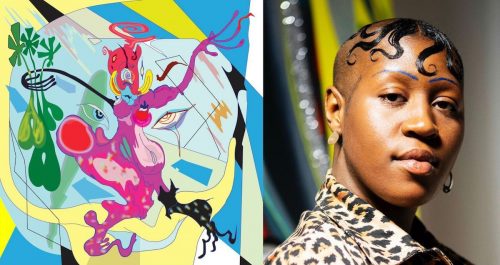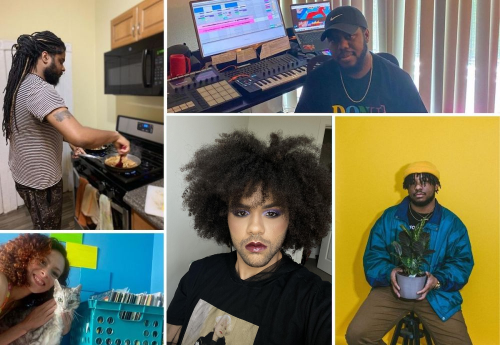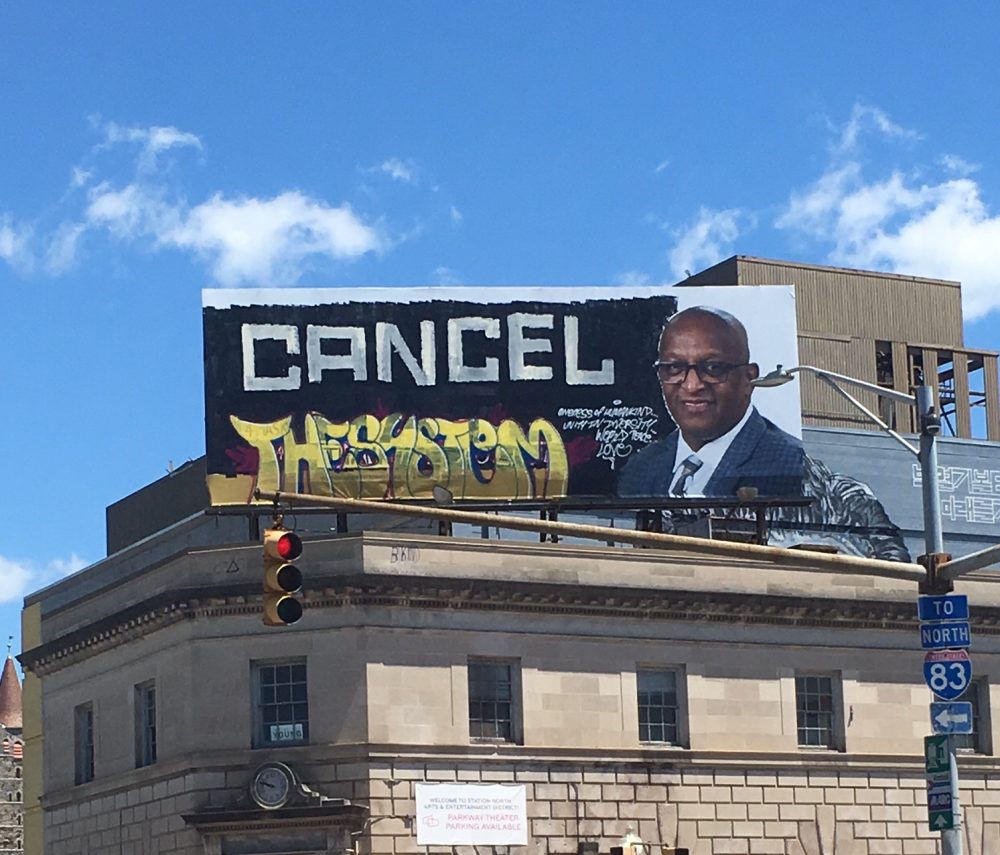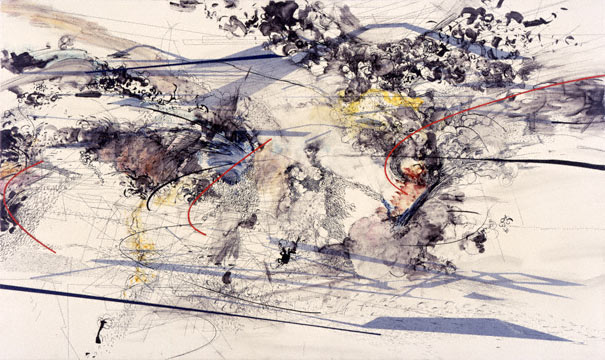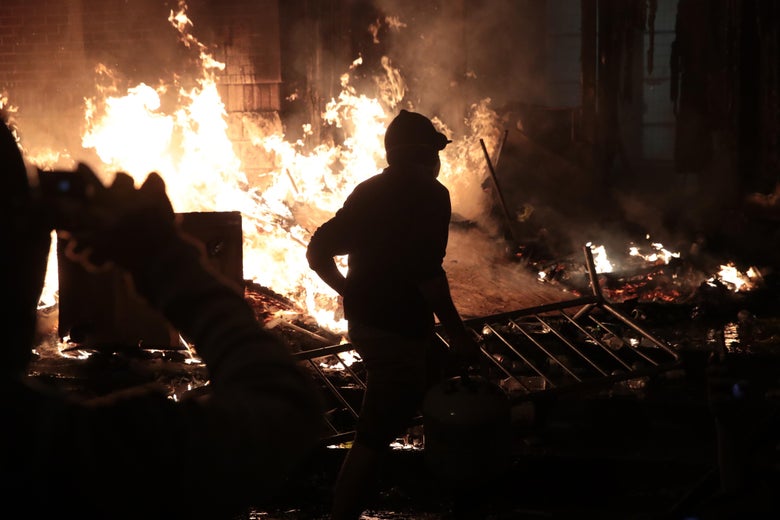I recently tried to wade into a Facebook thread where white people were undermining the ongoing police brutality protests. The original post rightly called out the difference between how the president characterized the Minneapolis protesters versus the armed white people demanding states reopen amid the pandemic (one group was “thugs,” the other was “very good people”). The comments from white people on this post ranged from overt and subtle racism, from earnest defenses of the president to admissions that they “understand” the protests, but only up to a point—that threshold seems to be the destruction of property. Although these two types of responses take different forms and appear to come from different political positions, they are both tied to white supremacist thinking.
I’d wanted to chime in on the validity of various protest tactics, of riots and burning and looting, because the ongoing oppression of Black people in this country is unforgivable and will not be easily fixed. But I wasn’t sure how to reach this particular group of white people who seemed hostile to such ideas and upset by burning Targets. Since some were asking, essentially, “How would you feel if your business burned down,” I commented to mention an article about an independent restaurant in Minneapolis that was burned down in the protest which responded with a statement of solidarity with the protesters.
Over the past week, protests against police brutality have continued daily all across the nation, with concurrent mourning for George Floyd, Breonna Taylor, Tony McDade, Ahmaud Arbery, and so many other Black people killed by police and racists. And this week, the president threatened military force upon protesting US citizens in front of the White House, just before posing for a picture in front of an unwelcoming church. In light of all this, and in recognition of the need for white people (including myself) to continually, actively, and tangibly fight white supremacy, racism, and anti-blackness, I thought it could be useful to develop a list of educational resources that focus on various aspects of protest—for my own benefit and maybe for yours, too.
White people get upset about protest because it is a disruption—it demands attention and reckoning with the harm we are implicated in. We white people get uncomfortable talking about race because we never have to think about how being white allows us to move about freely in society—until protest reminds us of this overwhelming fact. The project of reckoning with white supremacy is of course not new, it is ongoing, and it requires sustained engagement.
To undo the white supremacist framework that infects all of our lives, white people including myself must be able to talk about white supremacy amongst ourselves, understand the inherent violence of this system, and then go way far past acknowledgement to find our roles in dismantling it—everywhere, in real life.
If protest or property destruction makes you angry, ask yourself why, then ask yourself how white supremacy created the conditions that necessitate these kinds of protest again and again and again. We will not intellectualize our way out of racism and the system of white supremacy, but words and examples can help us, in concert with direct action.
The following resources can give us language to support the righteousness of these protests and their varying tactics, the righteousness of fury, and the righteousness of outrage over the relentless murder and dehumanization of Black people in the United States throughout its wretched history. Here is a non-exhaustive list of articles and resources with cogent explorations of the topics of protest, abolition, reckoning with white supremacy, and more. They are helping me find the right words and might help you too.
